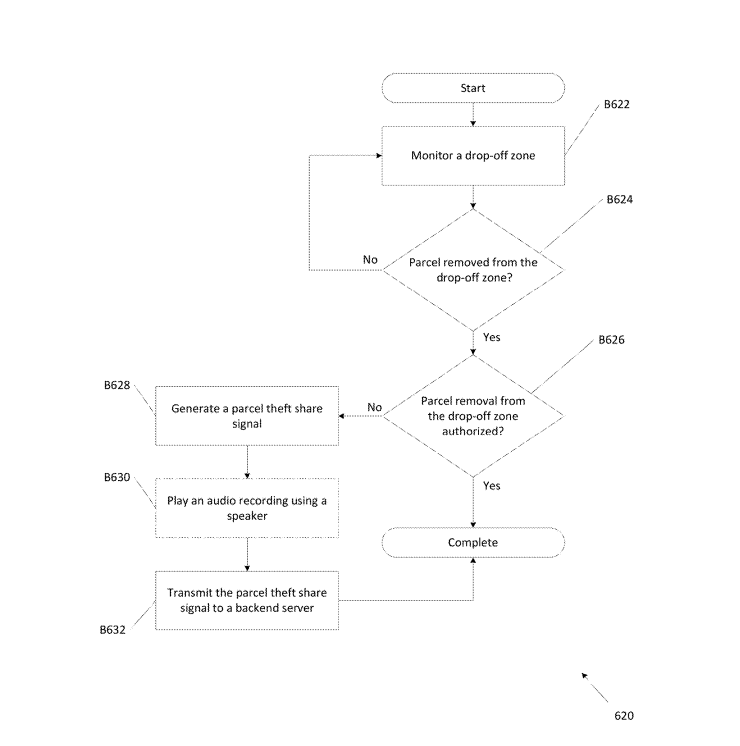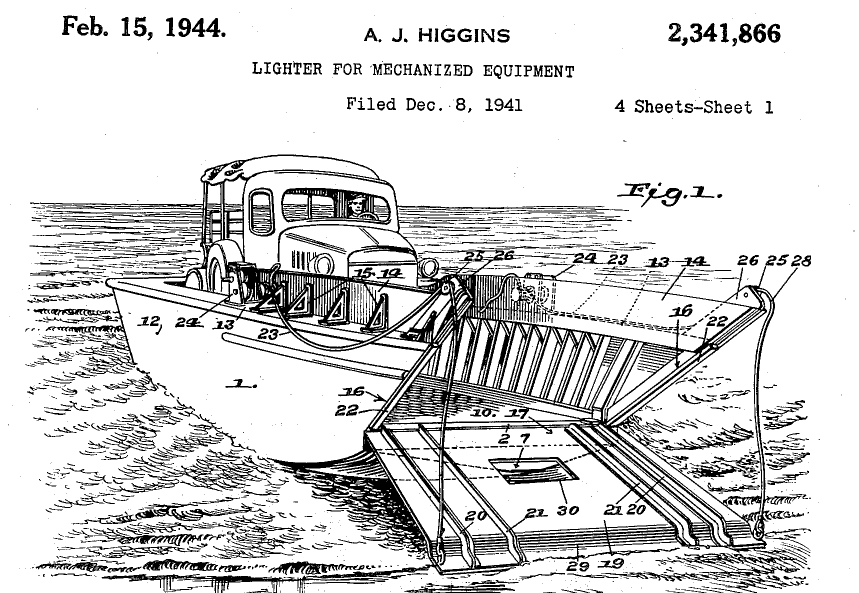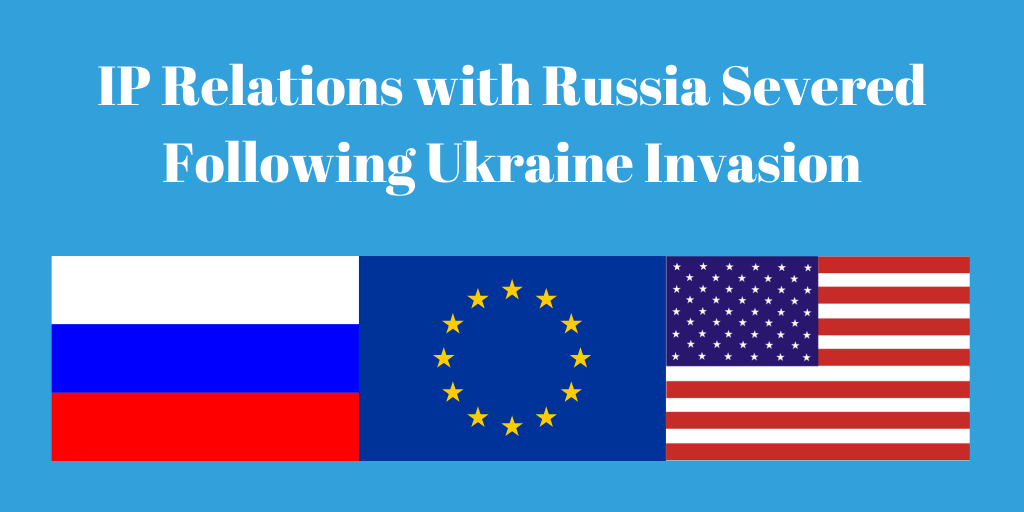Every week, we will be highlighting the top patent, copyright, trademark, intellectual property, etc. stories of the previous week in our “In Case You Missed It” segment. The list itself is in no particular order and includes a wide range of stories from the patent world that are informative, noteworthy, or just plain bizarre. The stories included encompass everything from Supreme Court cases to insights into growing industries. Please feel free to comment your thoughts on the stories or share an important one we missed!
“Senate Targets Hoarding of Drug Patents to Deter Competition”
A new bipartisan effort by Congress would give the Federal Trade Commission the ability to take aim at pharmaceutical companies’ so-called patent thickets. Patent thickets are a series of patents that overlap one another in order to protect multiple components of an invention. This makes it harder for competitors to copy important elements of an invention. The proposal hopes to make it easier for generic drugs to enter the market considering drugmakers have been known to develop a hundred patents for an individual drug in order to deter generics.
The legislation will define patent thickens as anticompetitive in order to make it easier for competitors to file antitrust lawsuits against the drugmakers who utilize them. Under current procedures, the FTC must rule a pharmaceutical company is a monopoly before such suits can be brought forward.
The bill dubbed the “Affordable Prescriptions for Patients Act” will also define “product hopping” as anticompetitive. In this practice, drugmakers reformulate a product in order to continue patent protection and bar generic alternatives from entering the market. The proposal is yet another challenge for pharmaceutical companies in protecting their intellectual property. To read more about this story, click here (via Bloomberg, May 9th, 2019).
“Amazon Considers AI-Powered Doorbell Cameras to Stop Package Theft”
A new patent from Amazon would help crackdown on the emergence of rampant package theft from doorsteps. In a 2018 survey, 19% of homeowners said they experienced package theft over the course of the year and less than 10% of reported cases led to an arrest. Amazon’s new patent is hoping to change that, using the camera via a Ring doorbell to identify when a package is stolen and sending the thief’s picture to neighbors and law enforcement.

The patent indicates the inclusion of a “drop-off zone” on a porch determined by the camera whereby packages will be left and monitored. If a package is placed in the drop-off zone, the homeowner will be notified their package has been delivered. If a package is removed from this drop-off zone, an alert and image of the thief will be sent to the homeowner’s phone. If indeed stolen, information could be passed on to neighbors and police. The camera would also emit an alert from its speaker to encourage the thief to leave the package behind. To read more about this story, click here (via CNN Business, May 10th, 2019)
“The Patented Boat That Won the War”
The USPTO recently highlighted the patents behind the Landing Craft, Vehicle, Personnel (LCVP) aka “Higgins Boat.” The iconic boat, invented by Andrew Higgins, was essential to allied victory in WWII. The design made it possible for troops to storm the beaches of Normandy and wade through thick swamps without getting their boat’s propellers stuck in the sand or mud. In all, 23,358 were built for the war.
Higgins received the patent for the boat’s unusual hull design, U.S. patent no. 2,144,111, in January 1939. The design allowed for travel through shallow, dense water without stalling. As for the boat’s iconic retractable ramp, Higgins also received a patent for this in February 1944. Once opened, this ramp allowed for the movement of trucks, tanks, troops, and other heavy equipment from the boat onto a beach with ease.

The boat was an important contribution to the war efforts, able to transport 36 troops or 8,100 pounds of cargo in 3 feet of water at any given time. It was invented at a critical time as previous amphibious vehicle designs were futile. To read more about this story, click here (via USPTO, May 2019).
“Apple Won 59 Patents Today Covering Advanced Security Locks on Vehicles, Pixel Dimming Technology and More”
Last week, the USPTO published 59 patents for Apple. Patents ranged from antennas for wireless earbuds to an apparatus and method for determining a wireless device’s location after shutdown. One of the more interesting patents awarded was for an “enhanced automotive passive entry.” The patent allows for the entrance to a vehicle via a mobile device signal such as one deployed from an iPhone or Apple Watch.
This patent is one of many foreshadowing the technologies to be implemented into Apple’s self-driving venture dubbed “Project Titan.” Previous patents have alluded to augmented reality capabilities and headlights capable of identifying pedestrians. The passive entry would eliminate the need for bulky key fobs and allow for the encrypted signal to start the vehicle. To read more about this story, click here (via PatentlyApple, May 7th, 2019).
“Everything You Ever Wanted to Know About Global AI Patent Activity”
Earlier this year, the World Intellectual Property Organization (WIPO) published its in-depth report on patent filings for emerging technologies, specifically artificial intelligence. Data reporter Bridget Diakun goes into detail about the ten most important AI takeaways from the report.
Arguably the most important takeaway is howly rapidly AI innovation has taken off since 2013. This is reflected by the fact that nearly 50% of AI patent filings have occurred in just the past 5 years. Additionally, machine learning, including deep learning and neural networks, encompass 40% of AI patents, IBM and Microsoft hold the most AI patent applications, and telecommunications and transportation are the most dominant industries for AI innovation. To read more about this story, click here (via IAM, May 11th, 2019).








